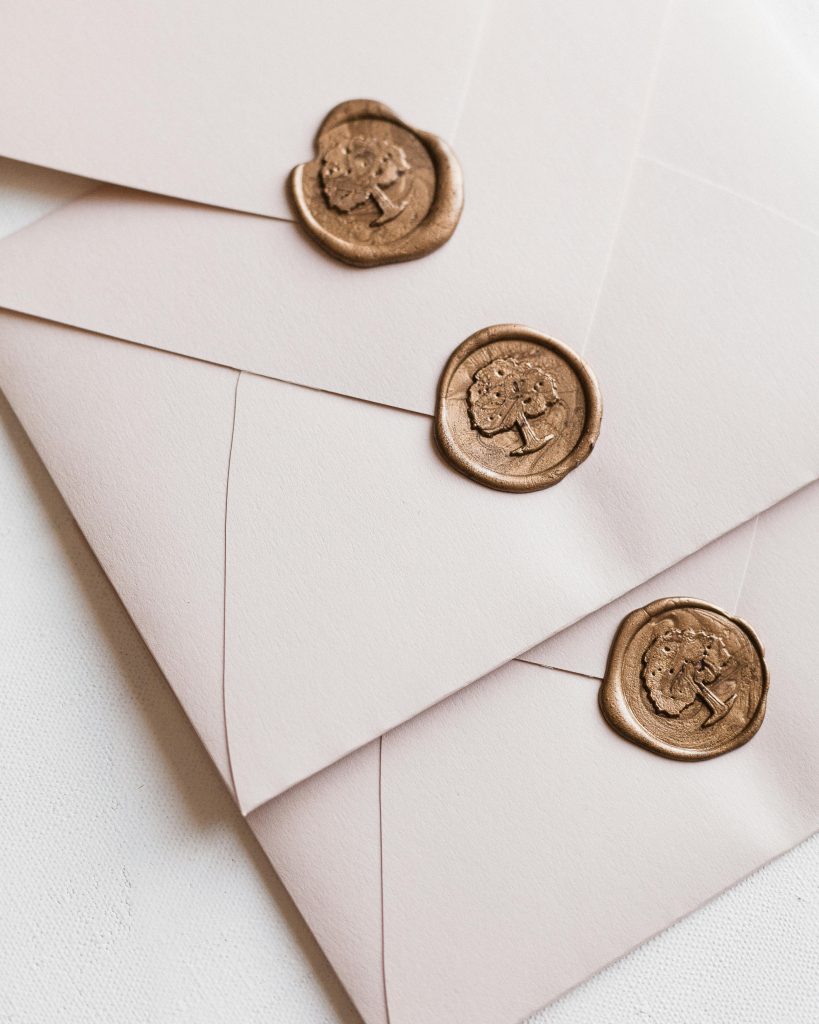Resigning from a job is a major decision, and how you handle it can have a great impact on your professional reputation and future opportunities. One of the most important steps in this process is submitting a resignation letter. Using a resignation letter example can help you resign gracefully, ensuring that you leave your position on good terms.
In this blog, we’ll explore why following an example of resignation letter, how it can help you make a smooth exit, and show you how to customise it to suit any job role or industry, ensuring professionalism and respect throughout your resignation process.
Why Following an Example of Resignation Letter Helps You Resign Gracefully
Provides a Clear Structure
Using a resignation letter example gives you a clear structure to follow, ensuring that you include all necessary elements, such as your intent to resign, last working day, and appreciation for the opportunity.
A structured letter keeps your message professional, organised, and free from unnecessary emotions. It ensures you cover all important points while maintaining a tone of respect and gratitude.
Helps Maintain Professionalism and Respect
A resignation letter example serves as a model for maintaining professionalism throughout the process. It shows how to:
- Keep your tone positive and polite
- Avoid airing grievances
- Focus on gratitude and a smooth transition
Even if your experience was challenging, using a professional format reinforces your reputation as a mature, respectful professional.
How to Customise This Example of Resignation Letter for Any Job Role
Tailoring Your Letter Based on Your Job Position
Customising the tone and language based on your job level is important.
- Entry-Level Employees: Keep it straightforward, positive, and thankful.
- Mid-Level Managers: Acknowledge leadership experiences and team collaboration.
- Executives: Reflect on strategic initiatives and leadership contributions.
Also, consider your industry. In more traditional fields (finance, law), keep the tone formal. In creative industries (media, startups), a slightly relaxed tone is acceptable—while still professional.
Personalising the Letter with Your Experience
Adding personal details makes your resignation letter more genuine and memorable. Mention a specific project, accomplishment, or mentor that positively impacted you.
Example: “I have greatly valued my time leading the marketing launch of the new product line, which has been a significant milestone in my career.”
These details show that you appreciated your experience and didn’t just treat it as another job.
Offering Assistance During the Transition Period
Offering help with the transition process is one of the most professional ways to leave a role. Whether it’s completing ongoing work, training a successor, or helping document key processes, this gesture will be appreciated.
Example: “I am committed to supporting the transition process and am happy to assist in training my successor or finalising key deliverables before my departure.”
Demonstrating responsibility even while leaving enhances your legacy within the organisation.
Example of a Professional Resignation Letter
Subject Line (for email submission): Resignation Notice – [Your Full Name]
Dear [Manager’s Name],
I am writing a letter to formally announce my resignation from my position as [Job Title] at [Company Name], and it will be effective two weeks from today, [Last Working Day].
I am sincerely grateful for providing me with wonderful opportunities for growth and professional development that I have experienced during my time here. Working with the [Team Name] has been a truly rewarding experience.
I am committed to ensuring a smooth and easy transition and am happy to assist in training my replacement or completing key tasks before my departure.
Thank you once again for the support, guidance, and encouragement provided to me. I wish [Company Name] continued success in the future.
Sincerely,
[Your Name]
[Your Contact Information]
Frequently Asked Questions
What is a resignation letter example?
A resignation letter example is a sample letter that provides a clear format for crafting a professional resignation letter. It includes key elements like your intent to resign, last working day, and a thank you for the opportunity.
Why should I follow a resignation letter example?
Following a resignation letter example ensures your letter is professional, clear, and polite. It helps you avoid minute mistakes and ensures that you leave your job on good terms.
Can I customise a resignation letter example for my job role?
Yes, you can easily customise a resignation letter example based on your job position, relationship with your employer, and specific experiences at the company. Adjust the tone and details to fit your role and the nature of your departure.
Should I mention the reason for leaving in my resignation letter in 2025?
It’s not necessary to include the reason for leaving, but you can if you feel comfortable. Make sure to keep the tone positive and professional. Focus more on gratitude and the transition process.
How do I write a professional resignation letter in 2026?
A professional resignation letter includes a clear statement of resignation, your last working day, gratitude for the good time, and an offer to help with the transition. Keep it concise and respectful.
Final Thoughts
Resigning from a job professionally is as important as joining one. By using a resignation letter example, you can structure your message effectively, stay respectful, and ensure a smooth transition.
A well-crafted resignation letter shows that you value your time at the company and are committed to leaving on good terms. Personalise the template to reflect your experience, maintain a positive and professional tone, and offer assistance during the handover. This way, you leave a lasting, positive impression that will serve you well in your future career endeavours.






